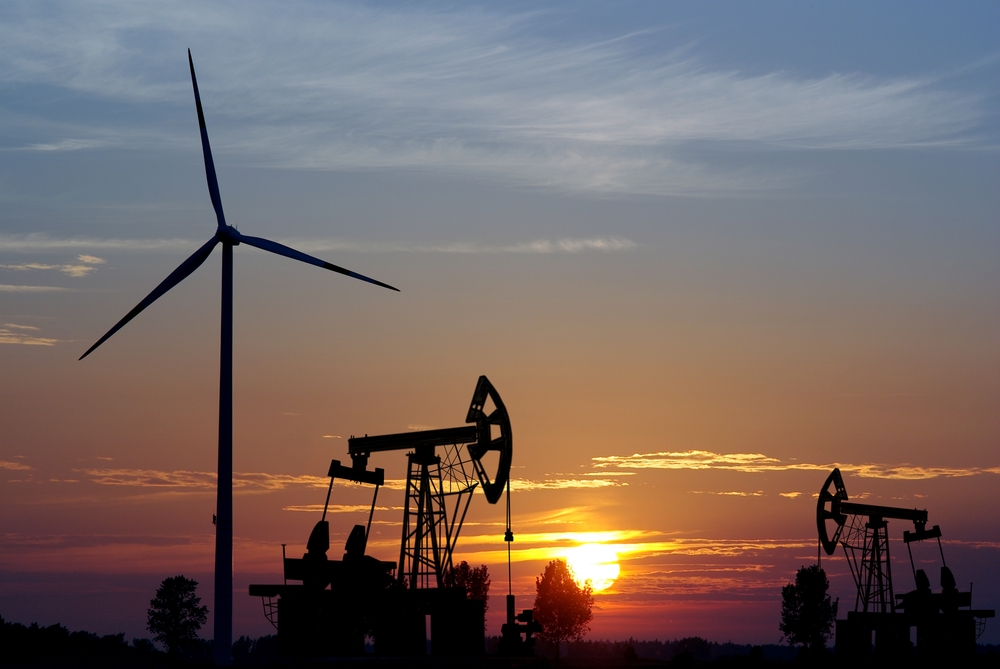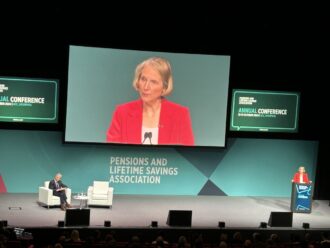We could see a commodities supercycle – but not just yet.
As the Covid-19 lockdown slowly abates there has been a sharp rise in commodity prices prompting talk of a start in a commodities ‘supercycle’.
Reports suggest banks are enthusiastically calling investors to increase their exposure to commodities like a manic scene in a film. The numbers seem to support the case for a supercycle. Soya-bean prices have moved up by more than 50% during the past year, copper has risen by around 40% and oil has rallied to its highest since the early days of the Covid pandemic.
Yet, countering this, almost every commodity or asset class has rallied to some degree on the back of the current economic and monetary policies unique to the pandemic.
So what is this cycle and what makes it so super? Supercycles can take from 20 to 70 years from peak to peak. The long swings are caused by insufficient investment in capacity resulting in the booms, when they come, being spaced out.
The last one emerged in the mid-1990s and lasted until the early 2000s, depending on how you measure the precise point of the cycle. This was on the back of rapid industrialisation in China and the immense energy transition that resulted.
So the timing could be correct on the current supercycle – if we are assuming the bottom end of the timeframe spectrum is to be accepted. If the timing is not a problem, there are other reasons to be highly sceptical about a supercycle at this time. Looking at the current setting, the recent commodity bull market has benefited from a huge fiscal stimulus due to Covid-19 that is unheard of in history and rather abnormal, given the context of the pandemic. Investors fearful of higher inflation are shifting assets into commodities as a hedge.
Markets understandably expect the huge pandemic stimulus to give rise to inflationary pressure. This has particular resonance in the US where President Joe Biden’s total pandemic stimulus would reach $5trn (£3.5trn), or the equivalent of a quarter of GDP. The question then becomes: are inflation fears correct or premature? If they are the latter, then they are definitely not enough to drive any supercycle.
Then there is the issue of the rally in commodity prices itself, which appears to be driven by the Covid-19 vaccine and the hope that goes with it, driving excessive optimism and the belief, or even yearning, that 2021 will be the year that the world recovers from the pandemic. No economic or pricing cycle can be built on hope alone.
On top of this, metals are seeing prices rise primarily on the chance that climate change aims will turn into action prior to the UN Climate Change Conference to be held in Glasgow in November. If anything of substance comes out of this confer- ence, then this could be a big game changer for a supercycle scenario. But that is a big if.
And the big event like China’s industrialisation, which spurred the last supercycle, is simply not there motoring the current market. This is the key reason behind why we are not going to see a commodities supercycle at this time.
There have been four extended commodity price booms over the past 120 years, according to research consultancy Capital Economics. And crucially, each had a unique and big driving force: two from the recovery of war, one due to the Opec oil shock and the last, as mentioned, from China’s rapid industrialisation.
Commodity prices, like much else, are driven by the basic economic principle of supply and demand. Under such principles, current projections say there will be sizeable supply gaps in some mining commodities by 2030.
So, on that basis, it is too early to call the current situation a supercycle – by about 10 years.




